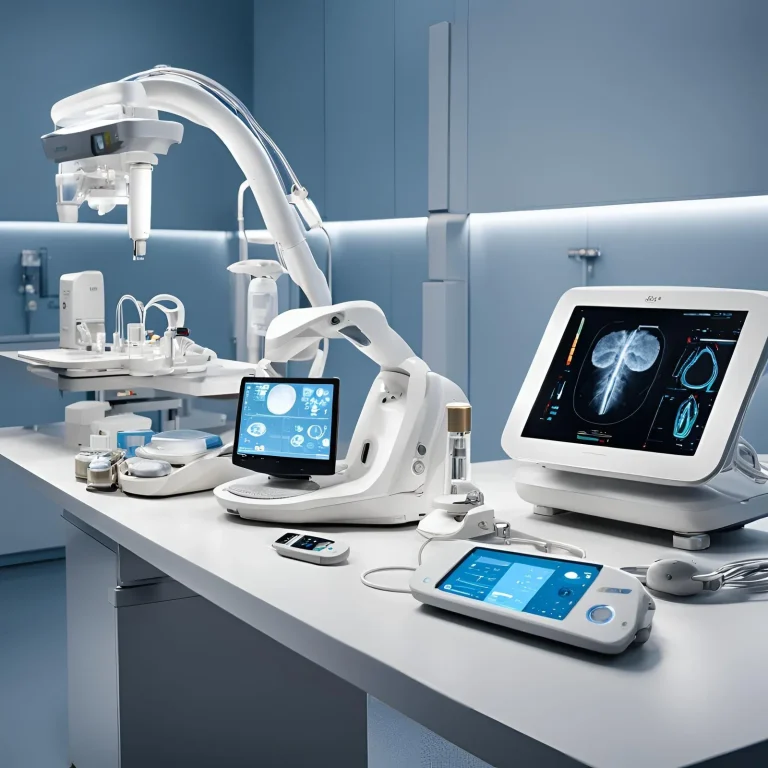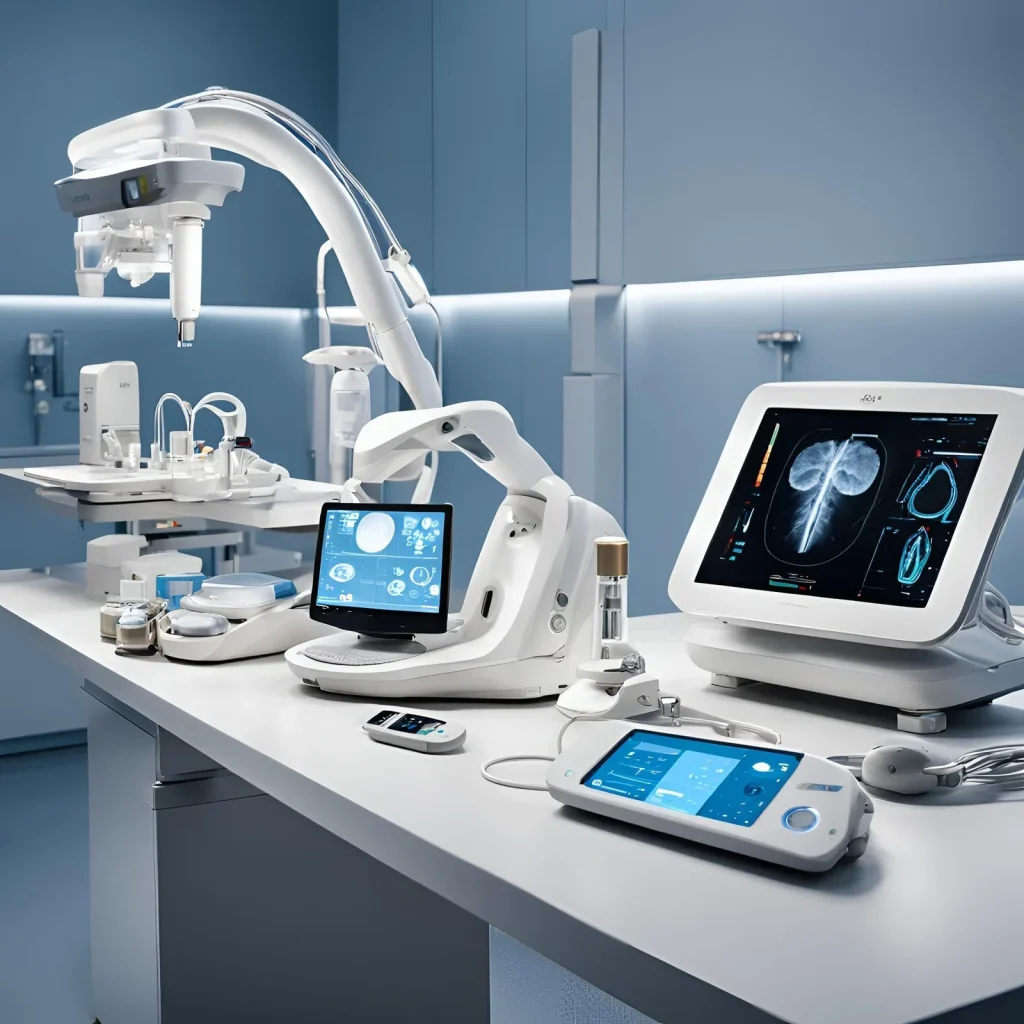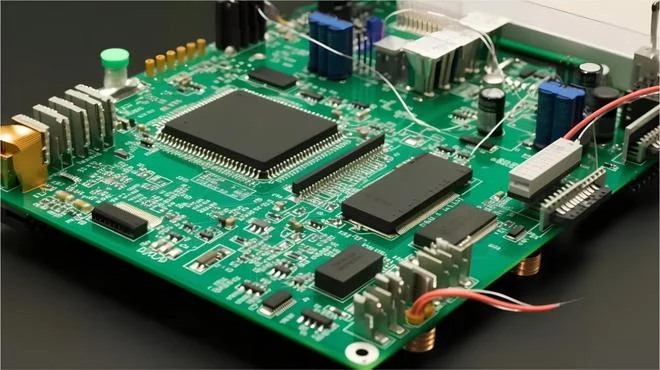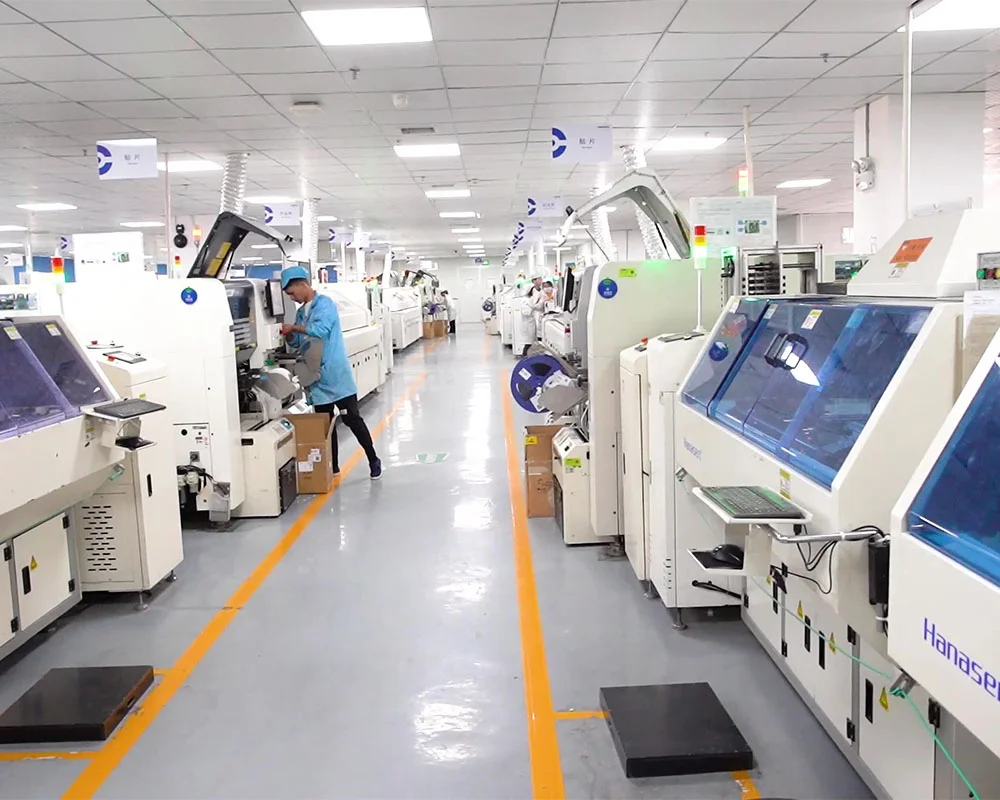Wearable health monitoring devices and diagnostic devices to life-support devices like pacemakers, High-Quality PCBs are the backbone of these innovative solutions. Precision, safety, and the life expectancy of medical devices are all dependent on the quality of PCBs and hence become the prime concern. It is therefore inevitable to choose a High-Quality PCB for medical devices.
PCBs’ Role in Medical Device Reliability
A PCB is the fundamental platform on which various components of an electronic system are supported and connected. A well-designed and fabricated PCB guarantees that one has faith that the components talk to each other well, are safe to operate at temperatures, and are less prone to environmental stresses. Quality PCBs reduce the risk of failure by electrical faults, thermal stress, or mechanical failure. In medical equipment, failure of the device can be catastrophic, and therefore PCB reliability is most important. PCB reliability is measured in terms of Mean Time Between Failures (MTBF) and Failure In Time (FIT) figures, which are crucial for ensuring uninterrupted device performance under any form of stress without fail.
Key Factors Influencing PCB Quality and Reliability
There are certain technical factors that decide the quality of a PCB. The most important factors that affect PCB reliability are:
Manufacturing Accuracy and Tolerances
Accuracy manufacturing is required for reliable PCB performance, especially in high-density and high-speed technology. Advanced techniques like laser drilling, AOI, and X-ray alignment provide high accuracy with minimal defects. Accuracy is more critical in multilayer PCBs, where impedance matching and signal integrity are difficult to attain. Tight tolerances and signal path optimization minimize such issues as crosstalk and EMI, resulting in unstable performance in high-performance equipment.
Effective Thermal Management
Temperature is extremely important in the long-term reliability of electronic products. A PCB will be hot up and result in component failure, distortion of signals, or destructive damage if not thermally managed. High-performance materials, thermal vias, and heat sinks are some of the premium thermal solutions that allow heat dissipation efficiently. These solutions remove hot spots in the PCB, reducing non-uniform heating and stress, so that the product is able to deliver consistent performance, even under continuous-use or high-power operating conditions, thereby reducing the likelihood of failure.
Signal Integrity and Impedance Control
Signal integrity is particularly important for PCBs employed in high-frequency or high-speed designs. Poor PCB design may lead to signal attenuation, timing error, and other performance impairing the reliability of a product. Impedance control and trace routing optimized specifically offer maximum signal integrity even in complex multilayer structures. Optimal RF performance realized through design and material selection that minimize noise ensure data transmission integrity without signal loss and making the entire product more reliable.
Extensive Testing and Quality Assurance
Testing is an important part of validating the field performance of a PCB. Severe electrical, functional, and thermal cycling tests are applied to all boards to eliminate potential failures in the form of short circuits, open circuits, and latent faults. Test procedures, according to international quality standards such as IPC Class 2 and Class 3, ensure PCBs that are capable of satisfying the needs of aerospace, automotive, and medical devices industries for reliability.
Material Selection
Appropriate PCB material selection contributes to the life and performance of medical devices. FR4, polyimide, or ceramic substrates are generally used appropriate materials that are capable of enduring high temperature, humidity, or chemical exposure, and maintaining stable device operation over a long period.
How High-Quality PCBs Prevent Medical Device Failures
High-Quality PCBs can go a long way to reduce the possibility of product failure by overcoming some of its flaws.
Less Electrical Failure
Voltage drop, short circuit, and signal interference, the most likely electrical failures resulting from a faulty PCB design or production defect, are improbable. Trace routing, controlled impedance, and proper materials ensure reliable electrical performance throughout the life of the product.
Increased Durability under Hostile Environments
Medical devices subject to extreme temperature, humidity, or mechanical stress require PCBs that can survive these without losing performance. Better thermal expansion, oxidation, and corrosion resistance materials provide longevity even under severe conditions like in the industrial or automotive environment.
Longer Lifespan and Lower Total Cost of Ownership
Durable quality PCB items have less malfunction and maintenance that can translate into greater functionality on longer lifespan. Spend on high-quality PCBs, the payback being lower product recalls, warranties, and costly repairs and a resultant improvement in customer satisfaction and reduced cost of ownership over time.
PCB Design Guidelines for Medical Electronics
Vias
To avoid breakout of the drill and to leave adequate pad material for electroplate, use slightly oversized via pads compared to a manufacturer’s minimums wherever possible. For high-reliability Class 3 build, leave uninterruptible annular rings with minimum 2-mil copper edge-to-drill-edge spacing for outer-layer vias and 1-mil for inner-layer vias. Machine-vision-guided mechanical drill centering or laser-drilled vias shall be used for small hole diameters and pads.
High Currents & Heavy Copper
To reduce trace resistance and heat dissipation, increase trace width or copper weight to improve a trace’s cross-sectional area. While most designers still stick to the old IPC-2221 standard, improved trace width and copper weights are provided by IPC-2152. Physical testing or multiphysics simulation, i.e., computational fluid dynamics or Finite Element Analysis, is recommended to determine board behavior under load.
Low EMI Design
Avoid unnecessary emissions resulting from improper layout techniques. Ensure improved signal return paths in a manner that prevents electromagnetic energy coupling with free space. Minimize signal transition rates in an effort to minimize the effect of charges coupling with electromagnetic fields.
The Importance of Preplanning and Miniaturization in Small Spaces
The growing miniaturization of medical equipment necessitates multilayer PCBs and high-density interconnect (HDI) to fit the required functionality into a smaller space. Multilayer and HDI PCBs offer complex circuit patterns with increased component packing density, which is appropriate for advanced medical applications such as implantable devices, imaging devices, and portable diagnostic devices. Processing techniques such as laser-drilled microvias, sequential lamination, and blind/buried vias reduce signal integrity and crosstalk.
Silkbridge Medical Device PCB Design and Production
Silkbridge provides Medical Device PCBs design and production from injection moulding to end product packaging. Silkbidge is tasked with quality and efficient production with Chinese efficiency complemented by British innovative production for delivery of the best PCBs. Silkbidge is also famous for electronic product assembly for delivery of precision and quality.
Other Facets of High-Class Medical PCBs
Electromagnetic Compatibility (EMC) and Signal Integrity
Medical devices must be EMC-compatible at high levels so that it will not interfere with other devices. Trace routing must be correct, shielding and ground plane optimization reduce EMI, and controlled impedance routing and planning decoupling capacitor placement provide clean high-frequency signals on the PCB propagation.
Biocompatibility and Reliability Materials
In implantable devices, materials need to be biocompatible and extremely reliable on extended lifetimes in the body. High-chemical-resistance and high-thermal-stability polyimide and PTFE high-performance substrate is optimal. Specialty coatings and encapsulants provide Parylene and silicone-based encapsulants hermetic seal to body fluids and electrical insulation.
Conformal Coating and Surface Finish for Maximum Protection
Surface finishes and protective coatings play a very vital role in a PCB’s reliability assurance when working in hostile environments. Very reliable surface finishes such as ENIG, immersion silver, and hard gold are highly solderable with high corrosion resistance, whereas conformal coatings such as acrylic, polyurethane, and silicone are very chemically, thermal cycling, and moisture resistant.
Compliance to Regulatory Standards
Medical Device PCBs must adhere to stringent industry and regulatory requirements, including ISO 13485, IPC-6012 Class 3, and IEC 60601. Medical Device PCBs ensure patient safety, reliability, and compliance with regulations. Stringent quality control processes, including thermal shock test, accelerated life test, and environmental stress screening (ESS), identify potential failure modes before shipping products.
Comprehensive Testing and Inspection
Stringent testing required points out the manufacturing defects and gives maximum level of performance. Testing techniques like in-circuit testing (ICT), functional test, and burn-in test guarantee the PCB to be able to endure real use stresses. Automated optical inspection (AOI), X-ray inspection, and flying probe test is able to recognize microdefects such as failure of solder joint and misregistration.
To learn more about the Silkbridge Medical Device PCB Design and Production, reach out to their team at contact@silkbridgeltd.com. Or their whatsapp link https://wa.me/8618122838771






